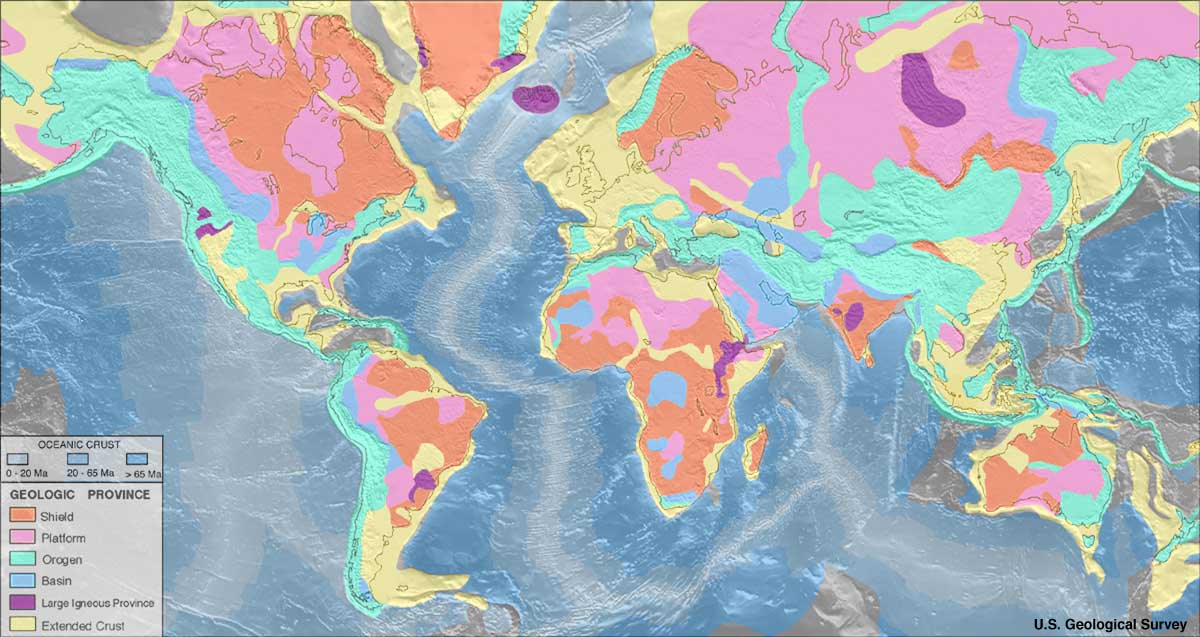
Humans have long dreamed of magical transformations. Jabir ibn Hayyan, 8th century alchemist, and Albertus Magnus, colleague of fellow Dominican Thomas Aquinas, who wrote of the lapis philosophorum or “philosopher’s stone” that turned base metals into gold, are among those who foresaw what may be natural magic that could help to transform climate change, altering carbon dioxide before it can harm the atmosphere. Can we turn CO2 into a new form of gold?

At Iceland’s Hellisheidi power station, a company called Carbfix captures CO2, pumps it with water, channels it underground into basalt where it soon becomes rock. Basalt contains calcium, magnesium, and iron – elements that bind easily with C02. Basalt is the most common rock type on the planet. In fact, the ancient Romans used a type of volcanic basalt in constructing their legendary roads. More than 90% of all volcanic rock is basalt. It is estimated that the amount of global basalt could store all the CO2 emissions now driving climate change. Carbfix’s motto: “We turn CO2 into Stone.” Sounds promising, but there’s a catch. It takes 25 tons of water to transform one ton of CO2 via basalt. When you realize that human activity emits 35 gigatons (a gigaton is one billion tons) of CO2 per year, that’s a lot of water to drain from an already-thirsty world. Carbfix will have a role to play in carbon removal, and water use may improve through advanced technologies, but basalt is not the only magical stone.

Basalt is just one option. Another is peridotite. A new company named 44.01, referencing the molecular mass of carbon dioxide, has discovered a way to use peridotite to fuse carbonated fluid into seams of the rock. Co-founded by Talal Hasan and Karan Khimji, 44.01 is located in Oman where one of the world’s largest deposits of peridotite can be found. Oman’s deposit is close to the surface, offering advantageous access.
One of Carbfix’s founders, Juerg M. Matter, professor at the University of Southampton, and also Columbia University’s Climate School and Lamont-Doherty Earth Observatory, is now a team member of 44.01. Another team member is Peter B. Kelemen of the Department of Earth and Environmental Sciences (DEES) at Columbia University, and of Columbia Climate School, Lamont-Doherty Earth Observatory, guiding 44.01 on chemical and physical processes of reaction between rocks and fluids.

The magic alchemical formula is peridotite (containing olivine and pyroxene) combined with CO2 and water. Peridotite mineralization already occurs in nature: for example, when rainwater lands on peridotite, CO2 is dissolved. But it’s a slow process, taking decades. The team of 44.01 has found a method to accelerate mineralization of CO2, gathered via direct air capture (DAC), in less than one year. In 2022, 44.01 received the Earthshot Prize.
Carbon dioxide emissions are a difficult problem that the world must solve before climate change, caused by CO2 and other greenhouse gases, becomes irreversible. In 2015, the Paris Agreement of COP21 brought pledges to reduce and halt use of fossil fuels. But even when and if those goals are met, we’ll still have carbon dioxide in the atmosphere, and some sectors of the economy might still use fossil fuels. That’s why carbon sequestration and carbon storage technologies have begun to increase in importance. Storage is, by nature, either temporary or troubled: the CO2 is stored as CO2, not gone, just hidden. A leak would release it back into the atmosphere. Carbon removal through mineralization is better because it is permanent. No insurance, no monitoring, no escape. The CO2 molecule is gone. Alchemy!

Peridotite is also found in Asia, Australia, Europe, and North and South America. Oman-based research will continue, in part because the peridotite is easily reached due to its surface proximity. Next steps for testing may be in California but peridotite deposits there would still require drilling. Meanwhile, peridot, green gemstone made from peridotite’s olivine component, associated with the month of August, said to reveal magic, could become a jewel that signifies a better climate.
Rather than drilling (with its environmental disturbance and potential destruction), carbon removal via mineralization may be explored by using rocks already drilled, in the form of waste tailings from certain kinds of mines. Diamond, nickel, and platinum are mined from rock that has carbon mineralization promise. De Beers, company that coined the phrase “A diamond is forever,” is beginning trials.

A diamond is forever, but diamond mine tailings could help carbon dioxide disappear forever. Other options include basalt, and now peridotite. In myths of ancient times, rock turned into gold was the dream. Now, in the time of climate change, turning carbon dioxide into rock may be the alchemical dream we seek and shall find.
44.01. https://4401.earth/how-it-works/
Albertus Magnus. “De mineralibus” in On the Causes of the Properties of the Elements translated by Irven M. Resnick. Milwaukee: Marquette University Press, 2010.
CarbFix. https://www.or.is/carbfix
Earthshot Prize. “Fix Our Climate Winner: 44.01” 2022. https://earthshotprize.org/winners-finalists/44-01/
Fountain, Henry. “How Oman’s Rocks Could Help Save the Planet.” 26 April 2018. The New York Times. https://www.nytimes.com/interactive/2018/04/26/climate/oman-rocks.html
Harvard Business School. “Karan Khimji, Co-Founder of 44.01” https://www.hbs.edu/environment/blogpost/44.01
Hasan, Talal. “Interview with Earthshot Prize Winner.” VIDEO https://www.youtube.com/watch?v-n30_dKvCcLg
International Monetary Fund (IMF), prepared by Jorge Iván Canales Kriljenko. “On the road to carbon neutrality, fishing for energy exchange and carbon absorption” 2022. https://www.elibrary.imf.org/downloadpdf/journals/002/2022/194/article-A002-en.pdf
Kraus, Paul. Essai sur l’histoire des idées scientifiques dans l’Islam/ Mukhtār Rasā’il Jābir b. Hayyān. Paris/Cairo: G.P. Maisonneuve/Maktabat al-Khānjī.
PDIE Group. “Nominating 44.01 for the Earthshot Prize.” https://pdiegroup.com/
Perasso, Valeria. “Turning carbon dioxide into rock – forever.” 18 May 2018. BBC News. www.bbc.com/news/world-43789527/
Planet A Ventures, GmbH. “Permanent Carbon Sequestration: 44.01 – Life Cycle Assessment & Sustainability Potential.” 2022. https://planet-a.com/wp-content/uploads/2022/12/4401-lca-summary-1.pdf
Building the World Blog by Kathleen Lusk Brooke and Zoe G. Quinn is licensed under a Creative Commons Attribution-NonCommercial-NoDerivs 3.0 U
